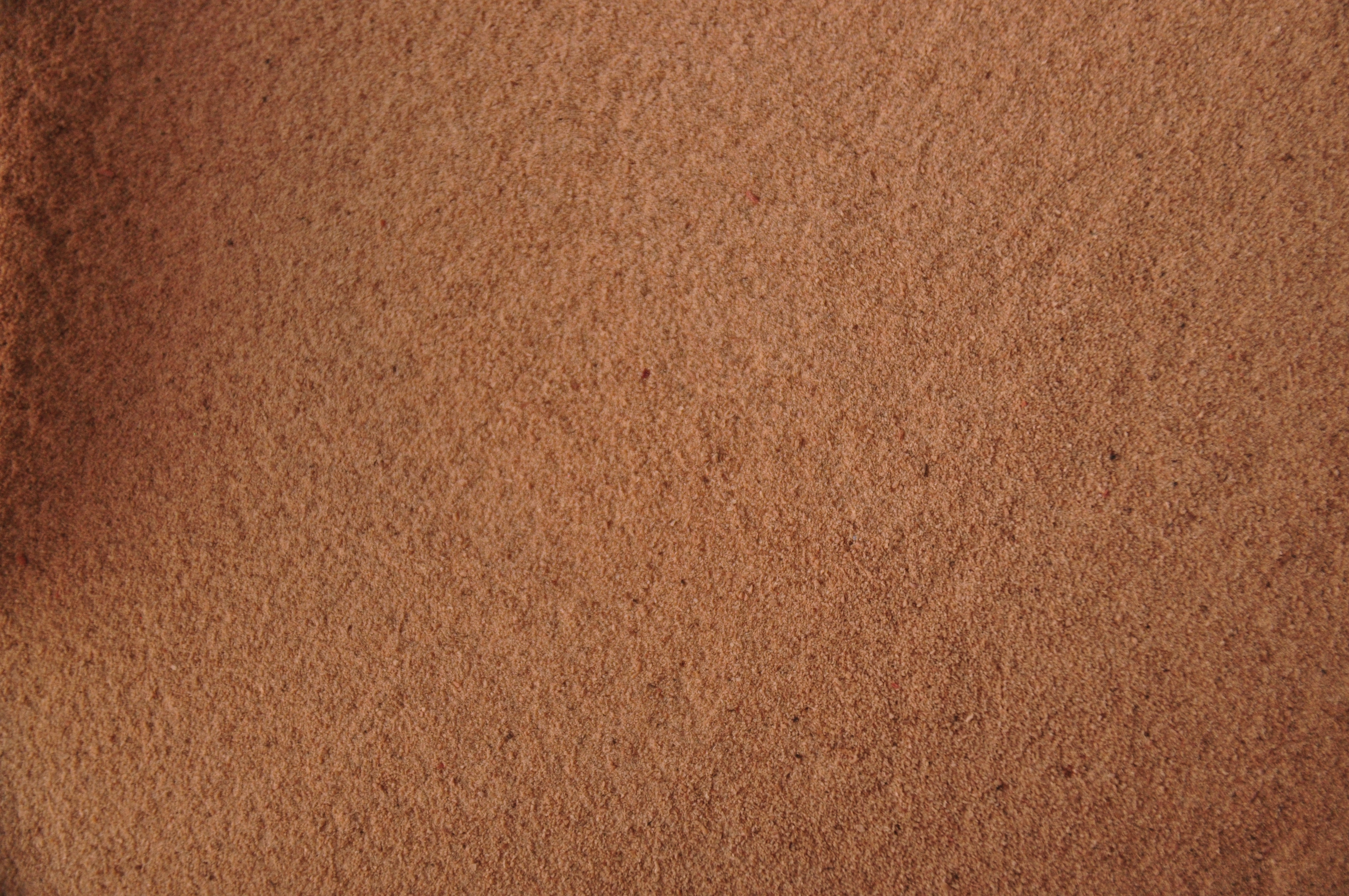

Peepal
lat. Ficus religiosa
€4.57
Peepal ( lat. Ficus religiosa) gives various long-lasting shades of peach, pink, soft red, violet, terracotta, and many similar. The peepal tree is the oldest portrayed tree in India and a native plant in the Himalayan tract, Bengal and Central India. Since ancient times, the peepal tree has been known for its mythological, religious, and medicinal importance. Its Latin name "Religiosa" refers to 'religion' because the tree is sacred in both Hinduism and Buddhism and it is believed that this is the same tree that sheltered Buddha when he was enlightened.
Name: peepal
Latin name: Ficus religiosa
Other names: Pipal, Bo tree, Bodhi tree, Buddha tree, Sacred tree
Type: mordant dye, no-mordant dye
Part of plant used: bark
Colorants: reddish brown tannins
Main colors: soft pink, salmon, peach
Other colors: brownish red, soft red, violet
Purpose: natural dye for textiles, leather, wood, candles, and other natural materials. Can be used for making botanical inks, pastels, watercolors, printing paste, etc.
Dyeing with peepal:
Use 50-100% WOF. You can use less for lighter shades and a bit more for darker shades.
Add powdered peepal bark to the dyeing pot filled with water, and stir well.
Raise temperature to 70-80°C and simmer for 1-2 hours. Let it cool. You may simmer longer for darker colors.
Strain through a fine cloth to keep small particles out of the dye bath.
Fibers should be soaked in water for at least 30 minutes before adding to the dye solution. For deepest colors use pre-mordanted fibers.
Add wet fibers to the dye solution and simmer for 40-60 minutes depending on the shade you want. Leave to cool.
For a wider color palette experiment with additional citric acid, cream of tartar, soda ash, or chalk.
To widen your palette even more experiment with additional mordants - iron sulfate or various tannins.
Various tannins and alum will give salmon, peach, and pink tones while iron sulfate shifts color to purple and copper sulfate shifts towards brighter reds.
Additional information:
Research, published in “Journal of the Textile Association · September 2022” showed that textile samples dyed with peepal had good antimicrobial activity.